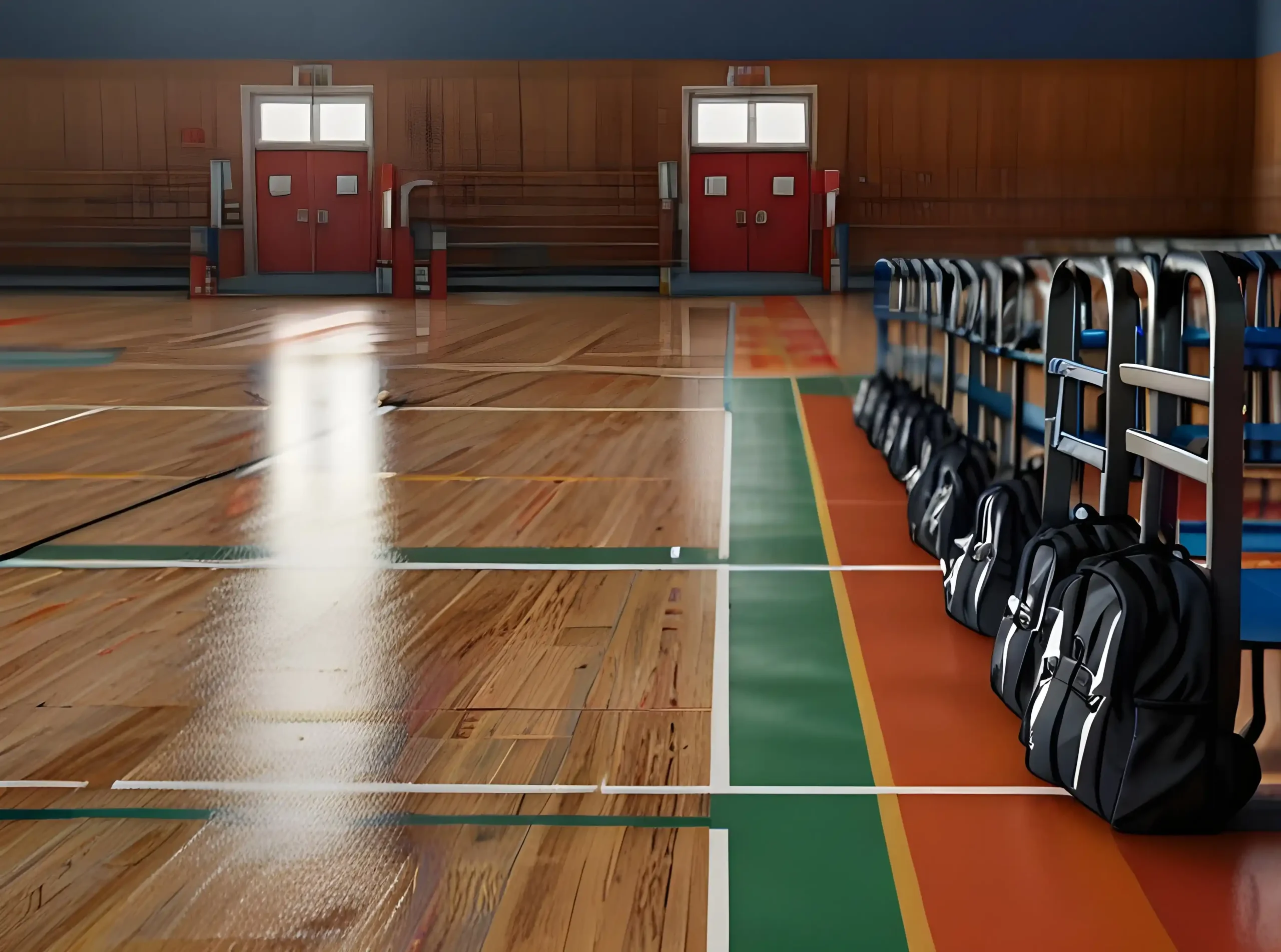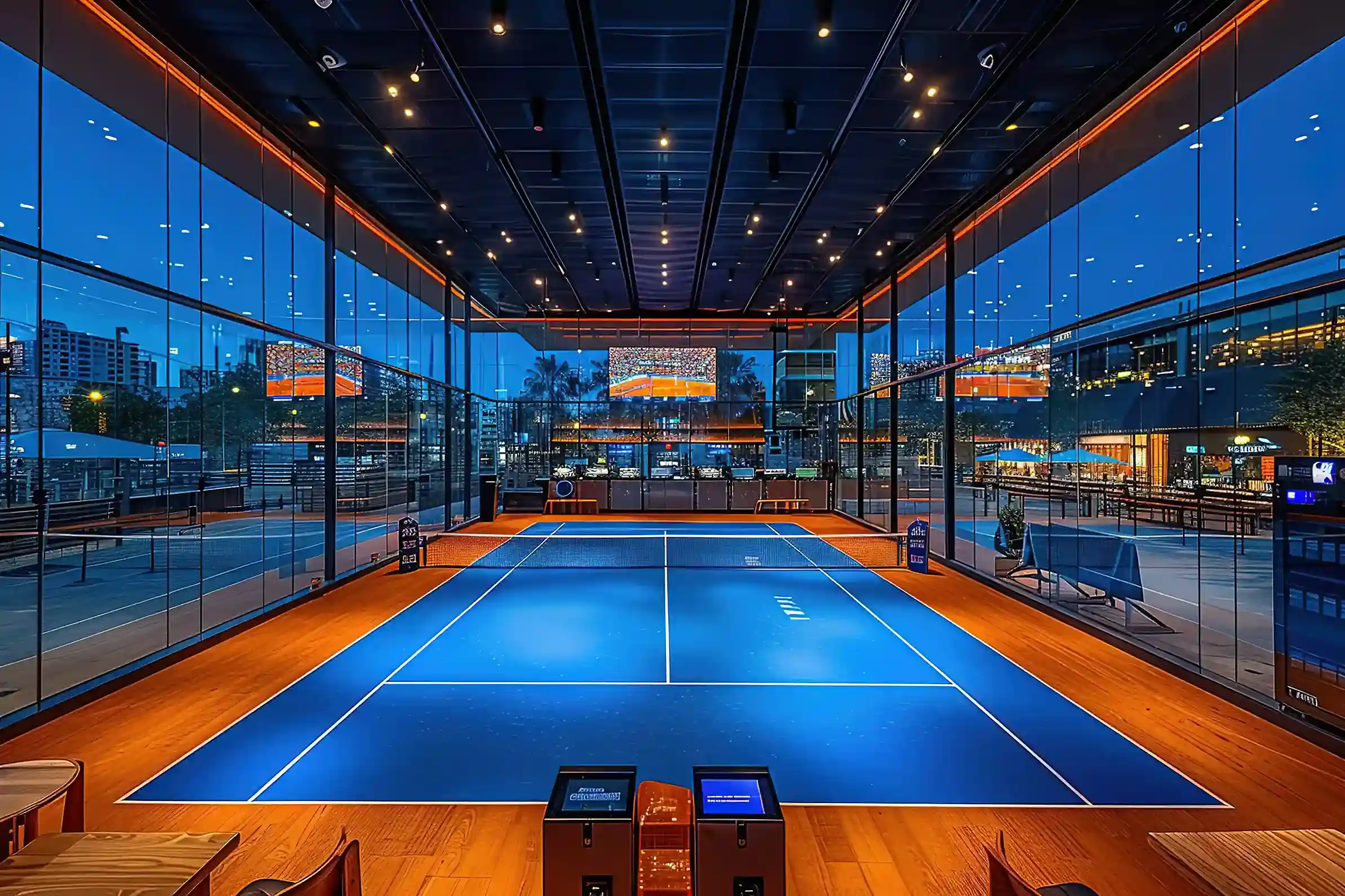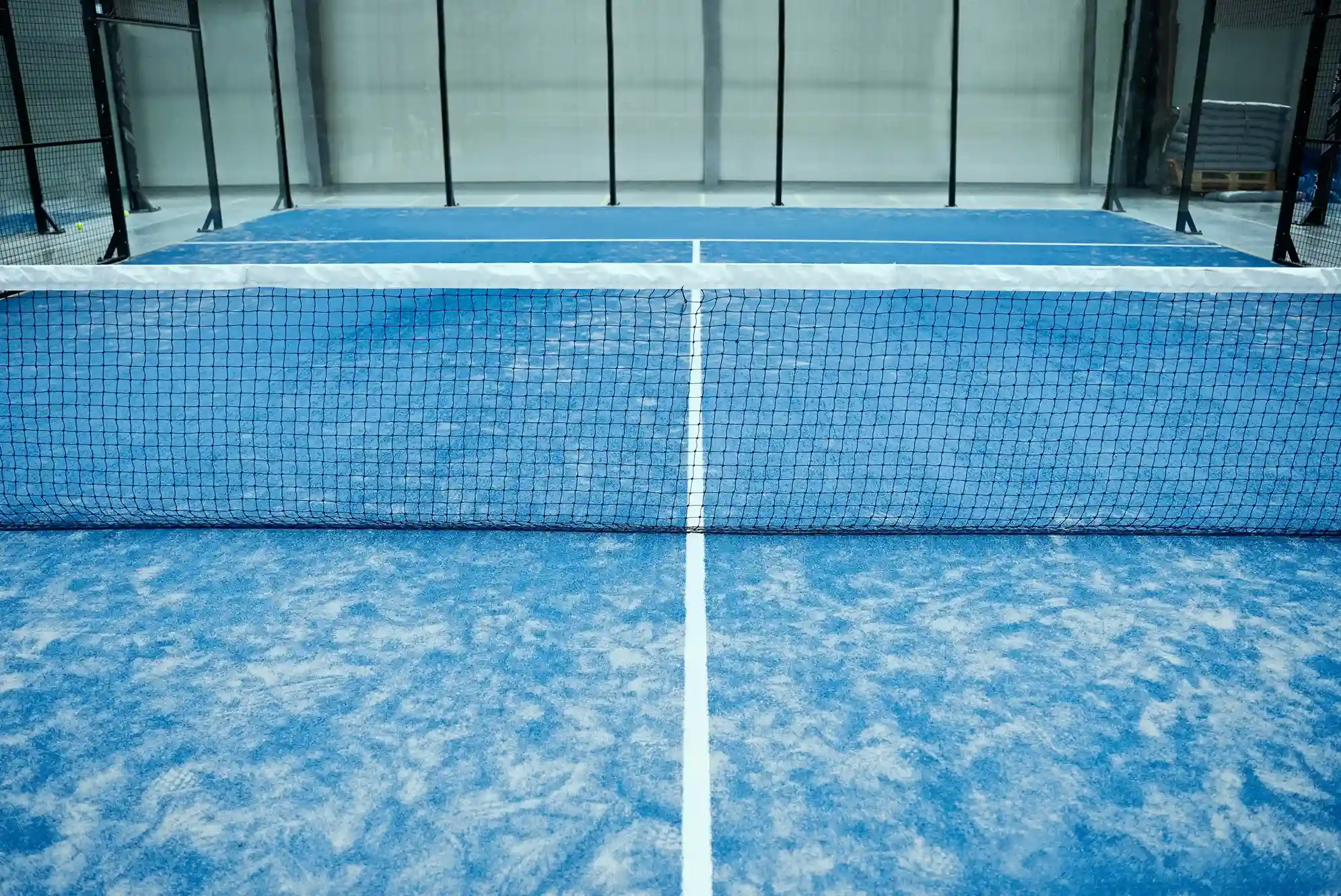When designing or upgrading an athletic facility, one of the most important decisions you’ll face is choosing the right flooring. Flooring significantly impacts athletic performance, player safety, and the overall maintenance of your court. With so many options available, two popular choices stand out—sports wood flooring and synthetic sports flooring. Both are widely used across a variety of facilities, each offering unique advantages and challenges.
This guide will break down the benefits and drawbacks of each option, compare the two based on key factors, and help you determine the best sports facility floors for your needs. Whether you’re managing an elite training center or a recreational gym, this breakdown will ensure you make an informed choice that suits your budget, usage, and long-term goals.
Sports Wood Flooring — Timeless Elegance and Durability
Benefits of Sports Wood Flooring
Sports wood flooring is considered the gold standard for athletic courts, particularly for basketball, volleyball, and similar indoor sports. Its blend of performance, aesthetics, and durability has made it a favorite among players and coaches alike. Here’s why:
- Superior Performance
Wood sports flooring, typically made of maple, provides optimal shock absorption, ball bounce, and traction—crucial for high-intensity sports. It ensures the safety of athletes while enhancing their performance.
- Aesthetic Appeal
Wood flooring offers a polished, classic look that elevates the appearance of any court. Its professional-grade design is ideal for prestigious competitions or leagues.
- Longevity
When properly maintained, sports wood flooring can last over 50 years. Its durability makes it a worthwhile long-term investment for facilities with high foot traffic.
- Repairability
Wood floors can be sanded and resurfaced multiple times, allowing you to restore them rather than replace them entirely.
Drawbacks of Sports Wood Flooring
While renowned for its performance and beauty, wood flooring does come with some challenges:
- High Initial Costs
Installing wood flooring is a significant investment. Maple wood and its installation can cost up to $14 per square foot, depending on the quality and area.
- Maintenance Requirements
Wood sports flooring requires consistent maintenance, including regular cleaning, refinishing, and inspections to prevent moisture damage.
- Environmental Impact
Sourcing natural hardwood like maple raises environmental concerns. Sustainable sourcing practices can help mitigate this issue but often come at added costs.
- Susceptible to Moisture
Wood flooring is non–water-resistant and can be damaged by excessive moisture or humidity, making it less ideal for facilities in humid climates.
Synthetic Sports Flooring — Versatility Meets Efficiency
Advantages of Synthetic Sports Flooring
Synthetic sports flooring, including polyurethane, vinyl, and rubber-based surfaces, has grown in popularity for its versatility and lower maintenance demands. Here are its core benefits:
- Customizable Performance
Synthetic flooring adjusts easily to a variety of sports, offering surface hardness and grip ratios tailored to specific activities like futsal, indoor hockey, or aerobics.
- Cost-Effective
With initial installation costs ranging between $6 to $10 per square foot, synthetic sports flooring is a more affordable option than wood.
- Ease of Maintenance
Synthetic flooring is highly resistant to water and requires minimal upkeep. A simple cleaning routine can keep it in top condition.
- Resistant to Wear and Tear
Thanks to its durable construction, synthetic sports flooring can withstand heavy foot traffic and abrasive activities, reducing wear over the years.
- Eco-Friendly Options
Many synthetic surfaces use recycled materials, making them a more sustainable option for environmentally-conscious facilities.
Disadvantages of Synthetic Sports Flooring
Despite its efficiency, synthetic flooring does come with certain downsides:
- Limited Longevity
Most synthetic floors have a lifespan of 10–20 years, significantly shorter than wood alternatives.
- Aesthetic Limitations
While functional, synthetic floors lack the premium look and feel of natural wood.
- Less Suitable for Prestige Sports
High-level basketball or volleyball competitions often favor wood flooring due to tradition and aesthetics, limiting synthetic flooring’s use in some settings.
- Can Feel Harder on Joints
Some athletes report synthetic floors feel less forgiving on their bodies compared to the shock-absorbing qualities of wood.
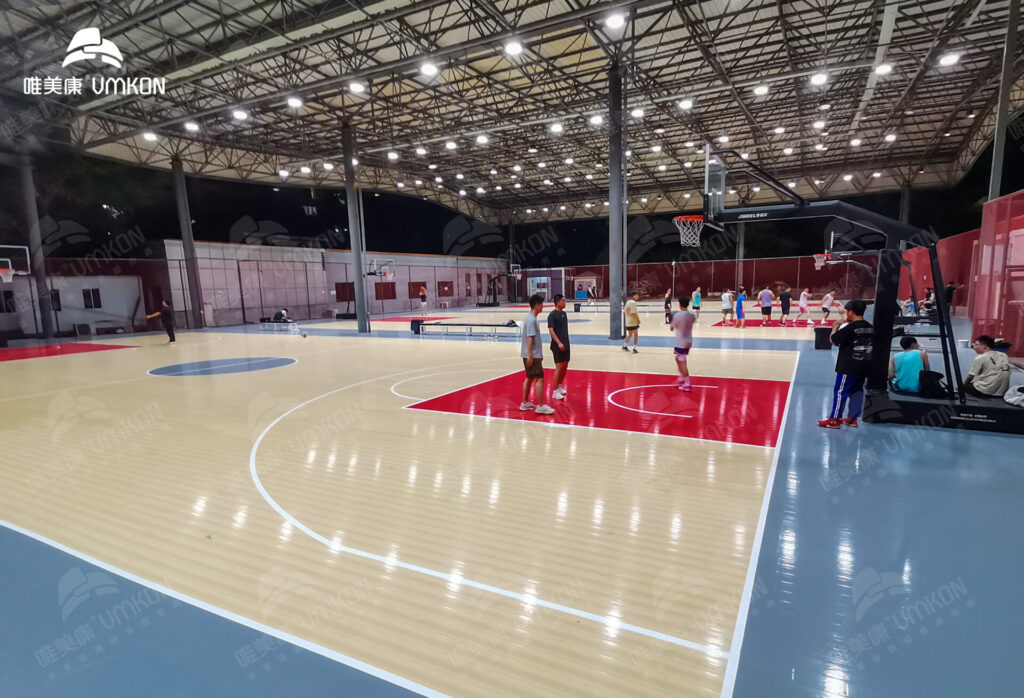

Sports Wood Flooring vs. Synthetic Flooring — Direct Comparison
To make an informed decision, here’s a side-by-side comparison of key factors that impact athletic facility flooring:
1. Cost
- Wood Flooring: Higher initial cost but more cost-effective in the long term due to its longevity and repairability.
- Synthetic Flooring: Lower upfront costs but shorter lifespan may require more frequent replacement.
2. Maintenance
- Wood Flooring: Requires regular cleaning, sanding, and refinishing to stay in peak condition.
- Synthetic Flooring: Minimal maintenance and water resistance make it an easier option for busy facilities.
3. Lifespan
- Wood Flooring: With proper care, wood flooring can last 50+ years.
- Synthetic Flooring: Generally has a lifespan of 10–20 years, depending on use and manufacturing quality.
4. Environmental Impact
- Wood Flooring: Uses natural resources like maple but can be sustainably sourced. Resurfacing extends its lifespan, reducing waste.
- Synthetic Flooring: Many synthetic options use eco-friendly materials. However, they may require replacement more often, generating waste over time.
5. Suitability for Sports
- Wood Flooring: Best for premium indoor sports like basketball, volleyball, and squash.
- Synthetic Flooring: Versatile for multi-purpose facilities or courts used for handling diverse activities like aerobics or futsal.
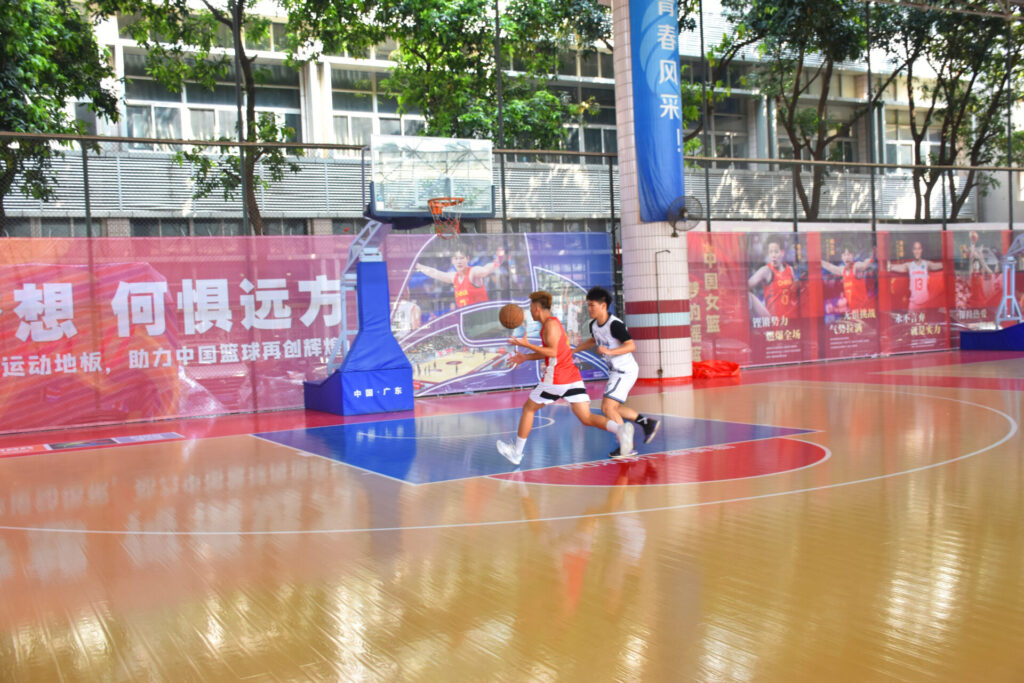

Which Option is Best for Your Facility?
Your facility’s specific needs, budget, and long-term goals will determine the best flooring choice. Here are our recommendations:
- Choose Sports Wood Flooring if…
- Your primary sport is basketball, volleyball, or another competition-focused indoor game.
- You want a long-lasting, premium-quality finish that elevates your facility’s appearance.
- Opt for Synthetic Sports Flooring if…
- You need a cost-effective, versatile surface for multi-purpose facilities.
- Minimal maintenance and water resistance are top priorities.
Find Your Perfect Floor Today
Selecting the best flooring for athletic facilities is a critical investment that will impact your space for years to come. At VMKON, we specialize in helping athletic facilities like yours identify and install the ideal flooring solution.
Need advice or a custom quote? Get in touch today to discuss the best sports flooring option for your unique needs. Our team of experts is ready to help!


